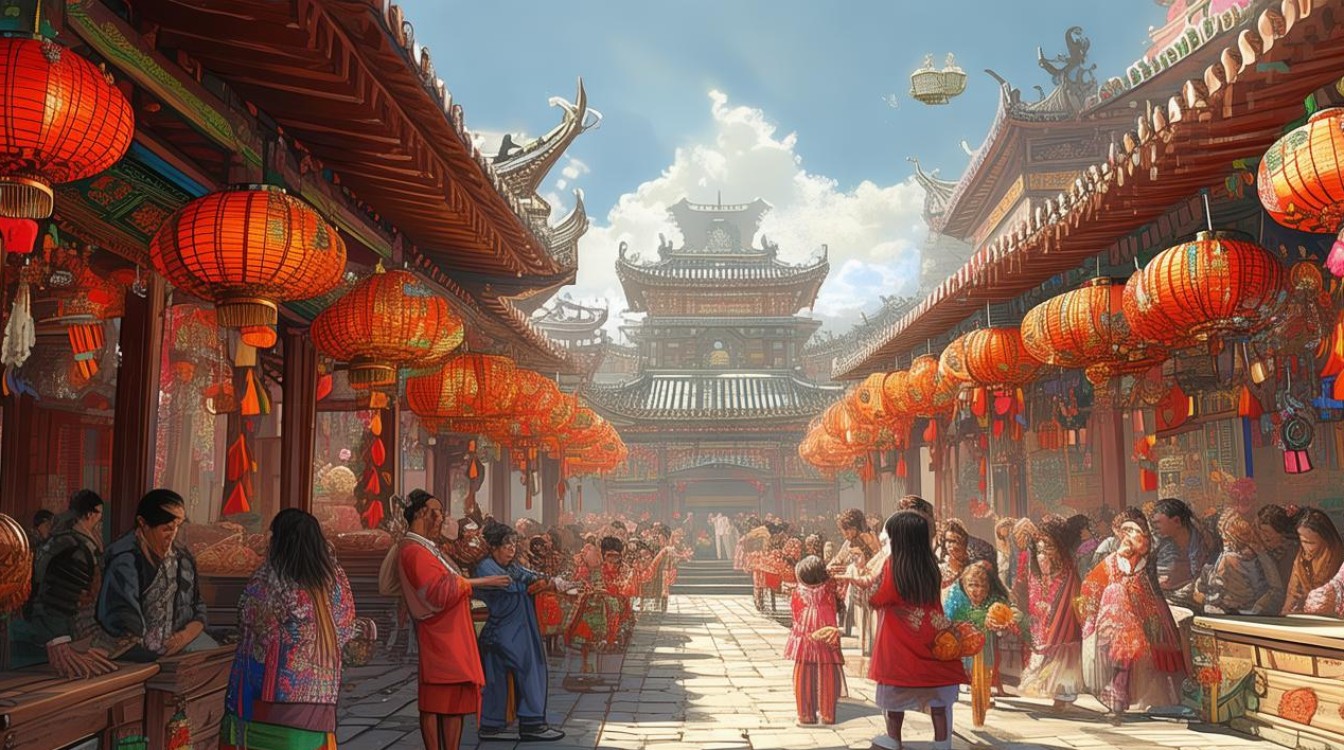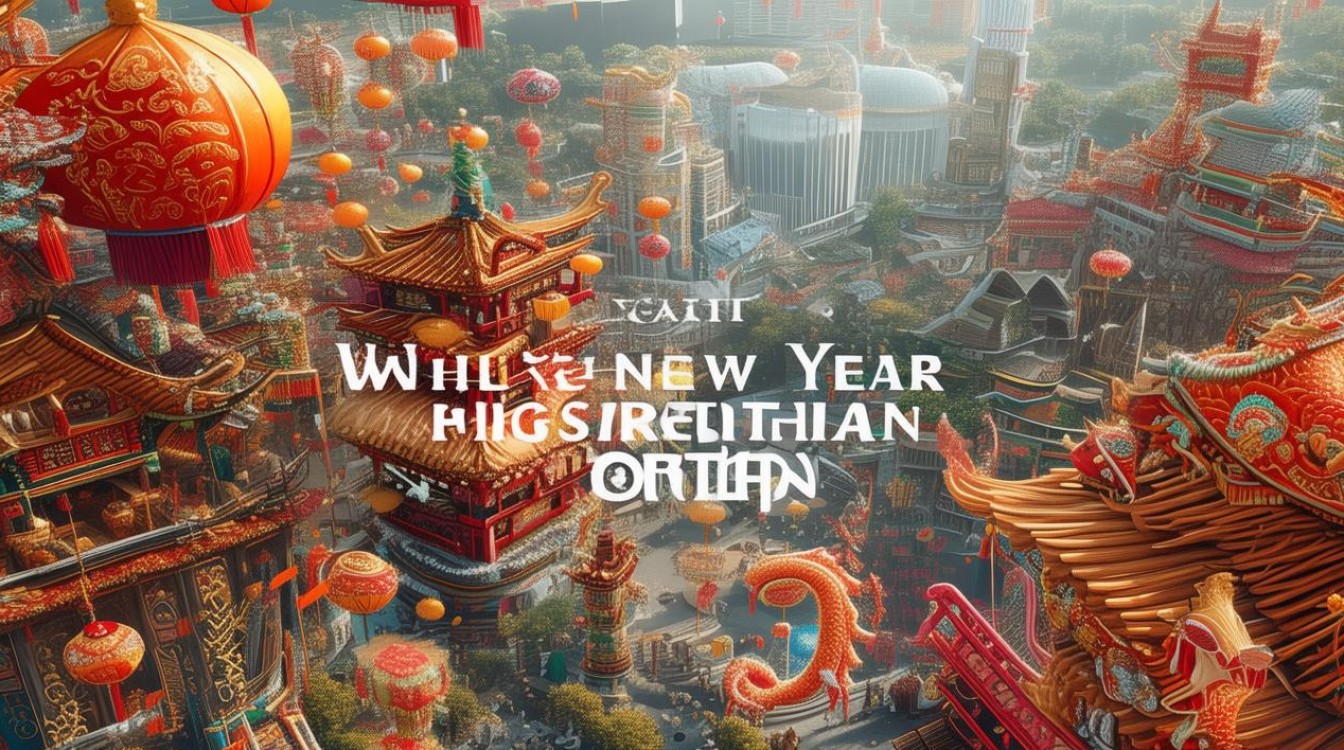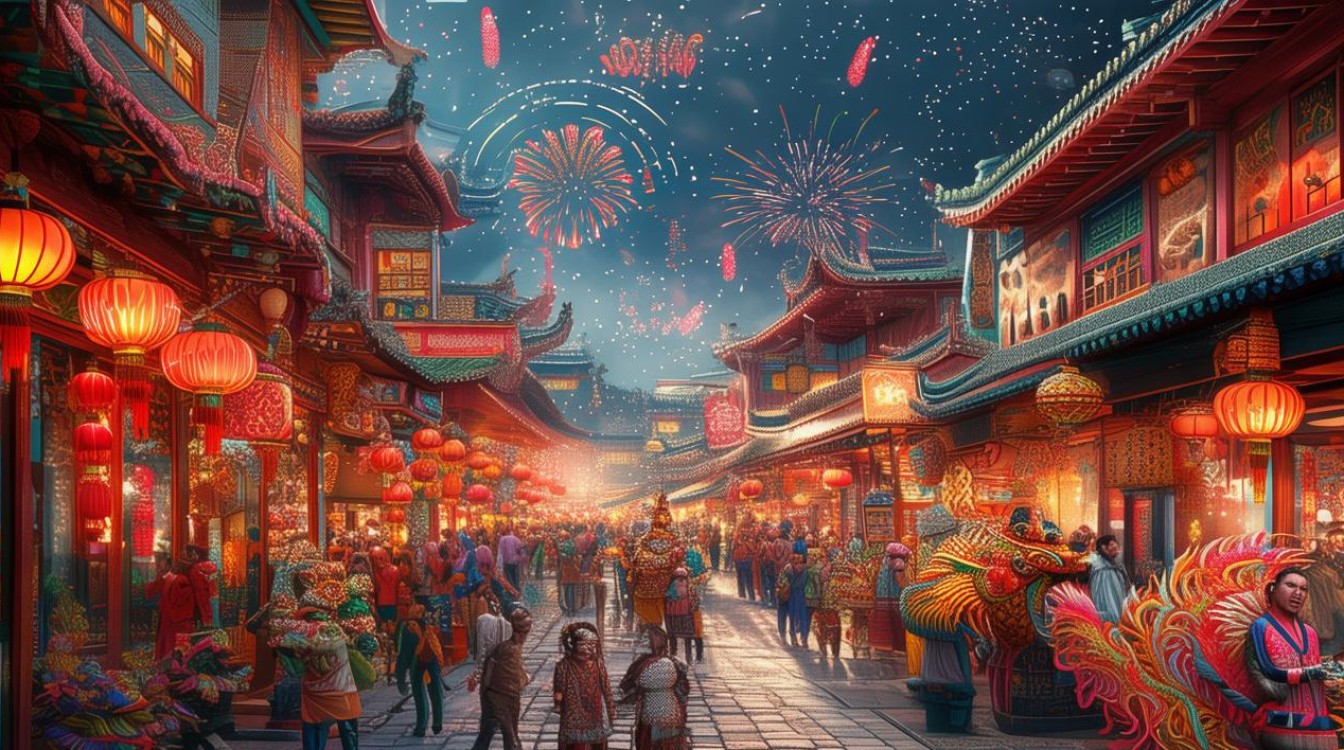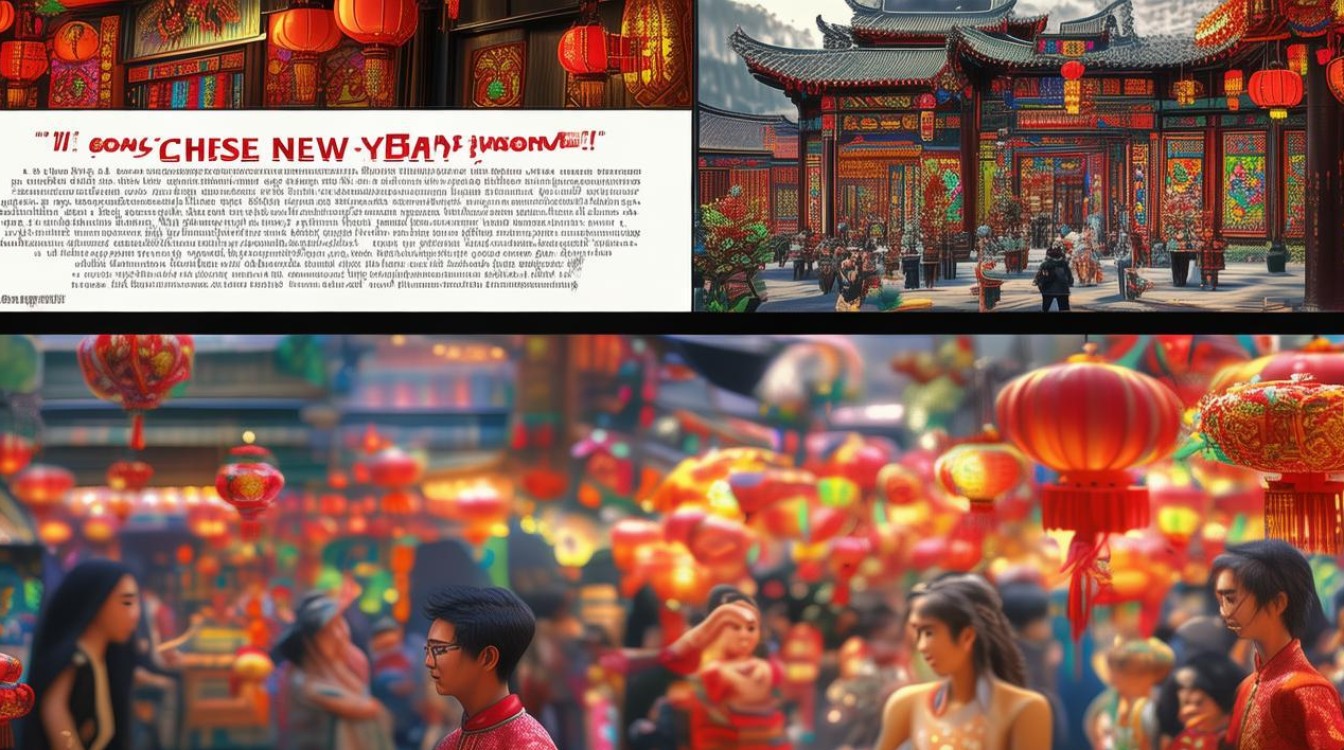Chinese New Year, also known as the Spring Festival, is the most significant traditional holiday in China. Celebrated by over a billion people worldwide, it marks the beginning of the lunar new year. But how did this grand festival come into existence? Let’s explore its fascinating history and cultural significance.

Ancient Beginnings
The origins of Chinese New Year trace back thousands of years to the Shang Dynasty (1600–1046 BC). Initially, it was a ceremonial event to honor ancestors and deities, praying for a prosperous harvest. The festival’s timing aligns with the lunar calendar, starting on the first new moon of the year and lasting until the full moon 15 days later.
One popular legend involves a mythical beast called Nian. According to folklore, Nian would emerge every New Year’s Eve to terrorize villages, devouring crops and livestock. People discovered that loud noises, bright lights, and the color red could scare the creature away. This led to traditions like fireworks, red lanterns, and wearing red clothing—customs still practiced today.
Evolution Through Dynasties
During the Zhou Dynasty (1046–256 BC), the festival became more structured, with rituals to worship heaven and earth. The Han Dynasty (206 BC–220 AD) formalized the date, and by the Tang Dynasty (618–907 AD), it had evolved into a time for family reunions and feasting.

The Ming (1368–1644) and Qing (1644–1912) dynasties introduced many customs we recognize today, such as giving red envelopes (hongbao), decorating homes with couplets, and hosting lion dances. These traditions symbolized good fortune, health, and happiness.
Modern Celebrations
Today, Chinese New Year is a blend of ancient customs and contemporary practices. Preparations begin weeks in advance, with families cleaning their homes to sweep away bad luck. Markets buzz with activity as people buy gifts, food, and decorations.
On New Year’s Eve, families gather for a lavish reunion dinner, featuring dishes like dumplings (symbolizing wealth) and fish (representing abundance). At midnight, fireworks light up the sky to ward off evil spirits. The following days are filled with visits to relatives, temple fairs, and cultural performances.

Global Influence
Chinese New Year is no longer confined to China. Countries with significant Chinese communities, such as Singapore, Malaysia, and the United States, celebrate with parades, dragon dances, and street festivals. In 2020, New York City even declared it a public school holiday, recognizing its cultural importance.
Why It Matters
Beyond its vibrant festivities, Chinese New Year embodies deep cultural values: family unity, gratitude, and hope for the future. It’s a time to reflect on the past year and set intentions for the new one. For many, it’s also an opportunity to reconnect with their heritage.
As the world becomes more interconnected, understanding traditions like Chinese New Year fosters cross-cultural appreciation. Whether you’re participating in the celebrations or simply learning about them, the festival offers a glimpse into China’s rich history and enduring spirit.

Chinese New Year is more than just a holiday—it’s a living tradition that continues to evolve while staying rooted in its ancient origins. Its enduring appeal lies in its ability to bring people together, transcending time and borders.

